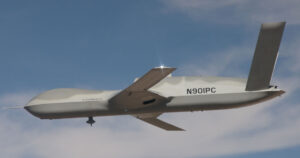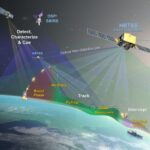
General Atomics’ Aeronautical Systems, Inc. (GA-ASI) conducted a completely autonomous flight test using an artificial intelligence (AI) pilot on an MQ-20A Avenger unmanned aircraft system (UAS) on Sept. 12, the company said this week. The company said it used internal research and development funding with the aircraft it owns with the AI pilot operating for almost 30 minutes as part of a "cooperative live, virtual, and constructive UAS swarm.” The company did not disclose how much internal funding was used…

 By
By 











